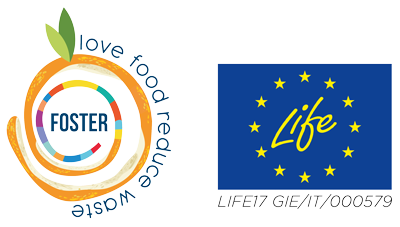Food loss and food waste are two different terms, which is relatively unfamiliar to the broader public. Indeed, knowing the difference between the two doesn´t seem to matter much when actually fighting global food losses. However, while making sure more people make sustainable choices regarding food, it doesn´t hurt to spread the word somewhat more and explain the difference between food loss and food waste. Therefore, when it comes to raising awareness on food handling, our philosophy is “The more, the merrier“.
By and large, any food meant for human consumption removed from the food chain is considered food loss or food waste. In order to clarify the terms of food loss and food waste and simplify data measurement, FAO came up with two different criteria: the Food Loss Index (FLI) and the Food Waste Index (FWI). When defining both terms, the main difference occurs at the retail stage. While the FLI gives new loss estimates from post-harvest up to, but excluding, the retail, FWI provides values at the retail and consumer side of the food chain.
According to FAO, Food loss can be defined as the reduction of food quality or quantity due to the food supplier’s decisions and activities. Retailers, food service providers and consumers are not included in this definition. Essentially, any food at production, post-harvest, processing, and distribution stages that doesn´t reach its final stage is considered a food loss.
On the other hand, food waste is the reduction in the food quantity or quality emerging from choices and activities made by retailers, food service providers and consumers. In other words, the food that arrives as a final product and is still fresh or well-preserved ends up as food waste because it is discarded.
The values we get from FLI and FWI help track the data on food loss and food waste, guiding organizations in bringing new initiatives and awareness campaigns. These actions make a world of difference when combating global issues such as food wastage. Thus, having statistics and estimates play a vital role in spreading sustainable trends worldwide.
Nowadays, if the food looks anything less than “perfect”, customers will not buy it. That is the fact, unfortunately. Such unsustainable habits create more ripened fruit in the stores, which can get spoiled very quickly. Moreover, stores toss food when it is close or beyond expiration dates, regardless if it is still fresh.
We know by now that food loss and waste severely impact our environment and economy. Environmentally, they cause greenhouse gas emissions, extensive water, land, and energy waste, which affects the ecosystem. Economically wise, the loss and waste of food bring investment losses, a decrease in farmer’s profit and, at the same time, an increase of the market prices, which means more expensive products. Changing our attitude towards food and improving production and transport within the food chain can significantly decrease these losses.
But for such change, the way food is treated should be adequately addressed at every stage in the food chain.


